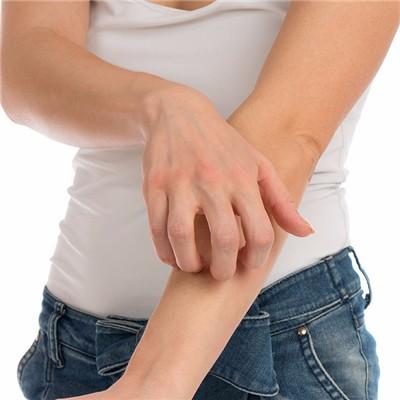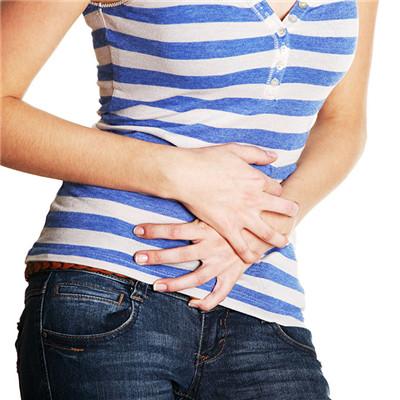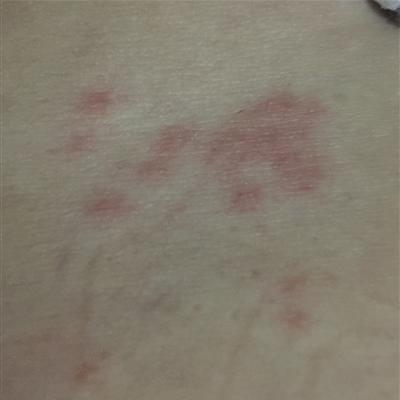Fall into the symptoms of lumbar disc protrusion
summary
Lumbar disc herniation is one of the most common diseases. It is mainly due to the degeneration of various parts of the lumbar disc (nucleus pulposus, annulus fibrosus and cartilage plate), especially nucleus pulposus. Under the action of external force, the annulus fibrosus of the intervertebral disc ruptures, and the nucleus pulposus tissue protrudes (or prolapses) from the rupture to the posterior or spinal canal, The adjacent spinal nerve roots are stimulated or compressed, resulting in a series of clinical symptoms such as lumbar pain, numbness and pain of one or both lower limbs. The incidence rate of lumbar disc herniation is 4~5, waist 5 to sacral 1, accounting for 95%. Fall into the symptom of lumbar disc protrusion? Let's talk about it
Fall into the symptoms of lumbar disc protrusion
Low back pain is the first symptom of most patients, the incidence rate is about 91%. Because the outer layer of annulus fibrosus and posterior longitudinal ligament are stimulated by nucleus pulposus, the lower lumbar pain is induced through the sinus vertebral nerve, sometimes accompanied by hip pain.
Although high lumbar disc herniation (L2-3, L3-4) can cause femoral neuralgia, it is rare in clinic, less than 5%. The vast majority of patients are L4-5, L5-S1 space protrusion, manifested as sciatica. Typical sciatica is a radiating pain from the lower waist to the buttocks, the back of the thighs, the outside of the legs to the feet. The pain will be aggravated when the abdominal pressure increases, such as sneezing and coughing. The limb of radiation pain is mostly one side, and only a few patients with central or paracentral protrusion of nucleus pulposus show symptoms of both lower limbs. There are three causes of sciatica: 1) chemical stimulation of ruptured intervertebral disc and autoimmune reaction lead to chemical inflammation of nerve root; ② The protruding nucleus pulposus compresses or stretches the inflamed nerve roots, hinders the venous return, further aggravates the edema, and increases the sensitivity to pain; ③ The compressed nerve root is ischemic. The above three factors are related to each other and aggravate each other.
The cauda equina nerve is compressed by the nucleus pulposus or prolapsed intervertebral disc, which protrudes posteriorly. The main manifestations are dysuria, dysesthesia of perineum and perianal. In severe cases, incontrollable defecation and incomplete paralysis of lower limbs are rare.
matters needing attention
Absolute bed rest, the first attack, should be strict bed rest, emphasis on urination, should not get out of bed or sit up, so as to have a better effect. After lying in bed for 3 weeks, you can wear waist protection to get up, and do not bend down and hold objects for 3 months. This method is simple and effective, but it is difficult to adhere to. After remission, the back muscle exercise should be strengthened to reduce the recurrence rate.












